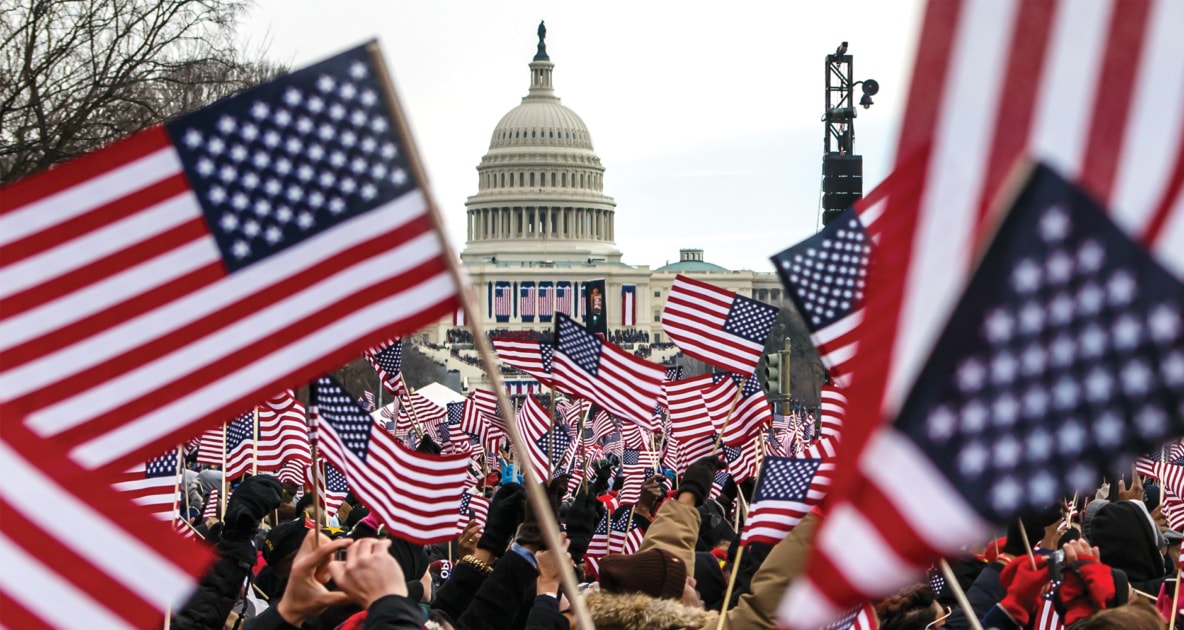Why Do We Swear in New Presidents in January?
Ever wonder why January is the time when a new president takes office?

Back in 1789, when George Washington took over as our first president, his swearing in took place on April 30. After that, most presidents were sworn in on March 4. That date left enough time for the votes to be tabulated. Before the advent of modern technology, vote counting was still done by hand and communicated by certified messenger, a process that could take several weeks, or even months, to complete. After the results were finally confirmed, the newly-elected president needed time to travel to the nation’s Capitol.
By the time the 20th Century rolled around, though, railroads, cars, and telegraph technology had made the long wait obsolete. Instead, Congress became concerned that the large delay between the election of a new president and Inauguration Day left the country with a “lame duck” president for too long.
In February 1933, Congress passed — and the states ratified — the 20th Amendment of the Constitution, which changed the date to January 20th. Franklin D. Roosevelt was the first president to be sworn in on the new date. He began his third term in office at noon on January 20, 1937.
The swearing in of a newly-elected president is usually accompanied on the same day by a celebration and inaugural address. If Inauguration Day falls on a Sunday, though, the address and celebration usually occur on the following Monday. Two U.S. presidents –Dwight D. Eisenhower and Ronald Reagan — have given their addresses on Monday, January 21.
This article was published by the Staff at FarmersAlmanac.com. Any questions? Contact us at [email protected].







Congratulations. Every four years you ruin my birthday. I was born two hours before JFK was sworn into office.